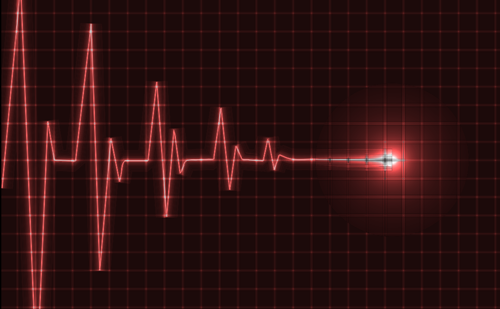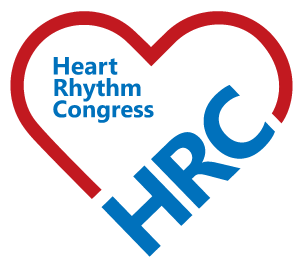Background: Electrical cardioversion (ECV) is frequently performed for persistent atrial fibrillation (AF). Although several large trials have suggested that rate control in AF may be non-inferior to rhythm-based strategies, individual patients may have better outcomes in terms of quality of life if sinus rhythm (SR) is achieved and maintained. This real-world, prospective observational study aimed to define the success rate and role for ECV in management of persistent AF in the era of
catheter ablation.
Methods: Between January 2014 and August 2019, all patients who underwent electrical cardioversion for persistent atrial fibrillation at our institution were analysed. Clinical and echocardiographic baseline characteristics were used to identify independent predictors for AF recurrence at 12 and 24 months, using a Cox multivariable model.
Results: We identified 1,028 consecutive patients with persistent AF. 319 patients were excluded from the study because they either spontaneously reverted to SR prior to ECV or declined ECV. We evaluated 709 patients (mean age 71 ± 10.8 years, male 67.3%). Acute success was achieved in 96.8% of patients. Sinus rhythm at 12 and 24 months was seen in 26.6% and 14.3% of patients (p<0.0001), respectively. SR at 12 months was seen in 20.4% of patients with a left atrial (LA) diameter <4 cm and in 6.2% of patients with a LA diameter >4 cm (p<0.0001). At 24 months, SR was seen in 11.5% of patients with LA diameter <4 cm, while 2.8% of patients with LA diameter >4 cm were in SR at 24 months (p<0.0001). 10.8% and 22.5% of patients in SR at 12 and 24 months respectively underwent AF ablation. Predictors of SR at 12 months on a univariate analysis were normal LV systolic function and mild LV systolic impairment, OR 1.61 (1.08–2.45), p=0.021 and OR 0.5 (0.24–0.94) p=0.043, respectively. In addition, flecainide and sotalol therapy improved the chances of SR at 12 months, OR 2.87 (1.16–7.12) p=0.021, and 2.25 (0.98–5.05) p=0.049, respectively. Multivariate analysis revealed no positive predictors for
SR maintenance.
Conclusion: Electrical cardioversion does not appear to be an effective long-term strategy for maintenance of sinus rhythm. Catheter ablation therapy may be the preferred strategy for patients with persistent
atrial fibrillation.














